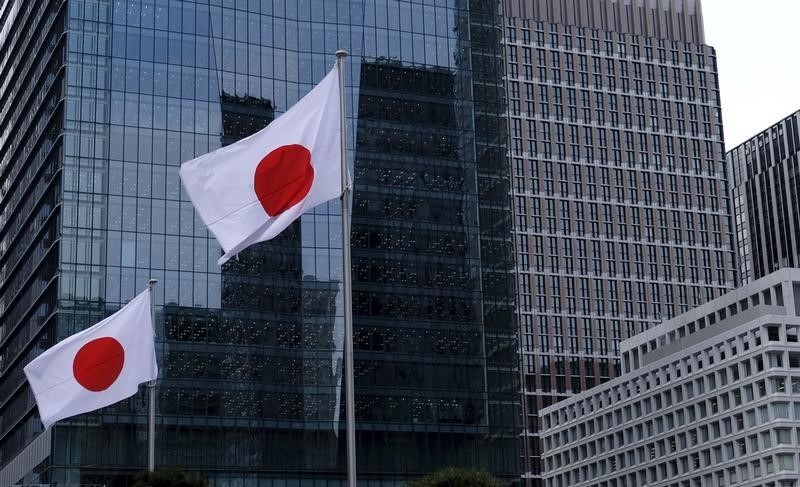(Bloomberg) -- Quantitative hedge funds are being blamed for the worst sell-off in Japanese government bonds since 2013 and the evidence is stacking up against them.
Data comprising of open interest positions, fund flow and yields suggest that so-called Commodity Trading Advisors -- funds synonymous with trend-following quant strategies -- could have been cutting their large long positions in Japanese 10-year bond futures.
“We see the recent sharp sell-off in JGBs as driven by CTAs’ substantial selling of JGB futures,” said Koichi Sugisaki, a strategist at Morgan Stanley (NYSE:MS) MUFG Securities Co. in Tokyo.
Japan’s 10-year bond yields jumped 12 basis points last week, the most in more than six years. Here’s a look at the evidence against the quants:
Futures-Lead Losses
The recent sell-off looks to have been led by futures, the preferred weapon of choice for CTA funds. The 7-year maturity JGB -- the section underlying the futures -- rose 12 basis points last week and was the worst-performing bond in the yield curve.
Read: Wild Ride in Japan’s Bond Futures Points to Growing Auction Fear
Long Positions
Japan’s bond futures 90-day rolling correlation to Hedge Fund Research Inc’s Macro/CTA index reached its highest on record in September, according to data compiled by Bloomberg going back to 2013. This close relationship suggests the funds had established a long position in the contracts before the recent sell-off.
Foreign Flow Data
Weekly purchases data from the Japan Exchange Group show that after heavy buying spells in June and August, foreign funds sold the most in six months in the week ending November 1.
Falling Open Positions
Over the past month, the amount of open futures positions has dropped by more than 10,000 contracts, as the price of the securities declined. This would indicate that investors holding long positions in the futures have been selling out.
“The fact that open interest is still declining meanwhile suggests that CTAs have yet to fully unwind their longs,” said Sugisaki. There is “potential for a wave of further selling in JGB futures, irrespective of valuations, depending on how technical signals pan out.”
(Adds gains in bond yields in fourth paragraph)
